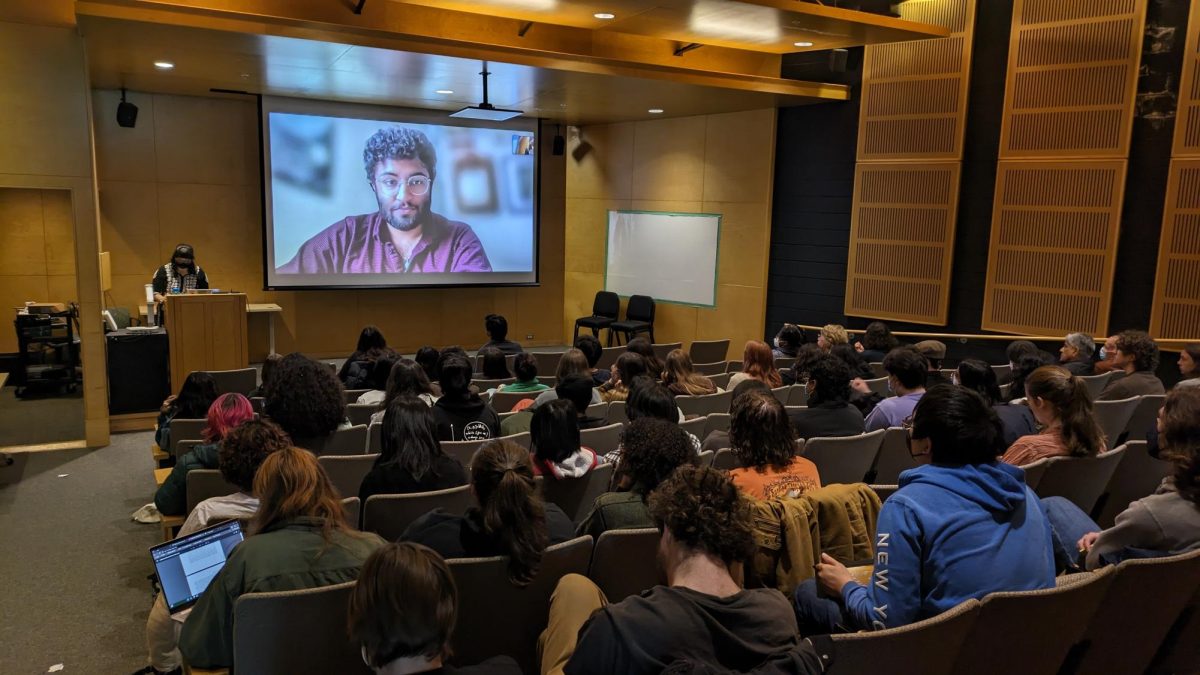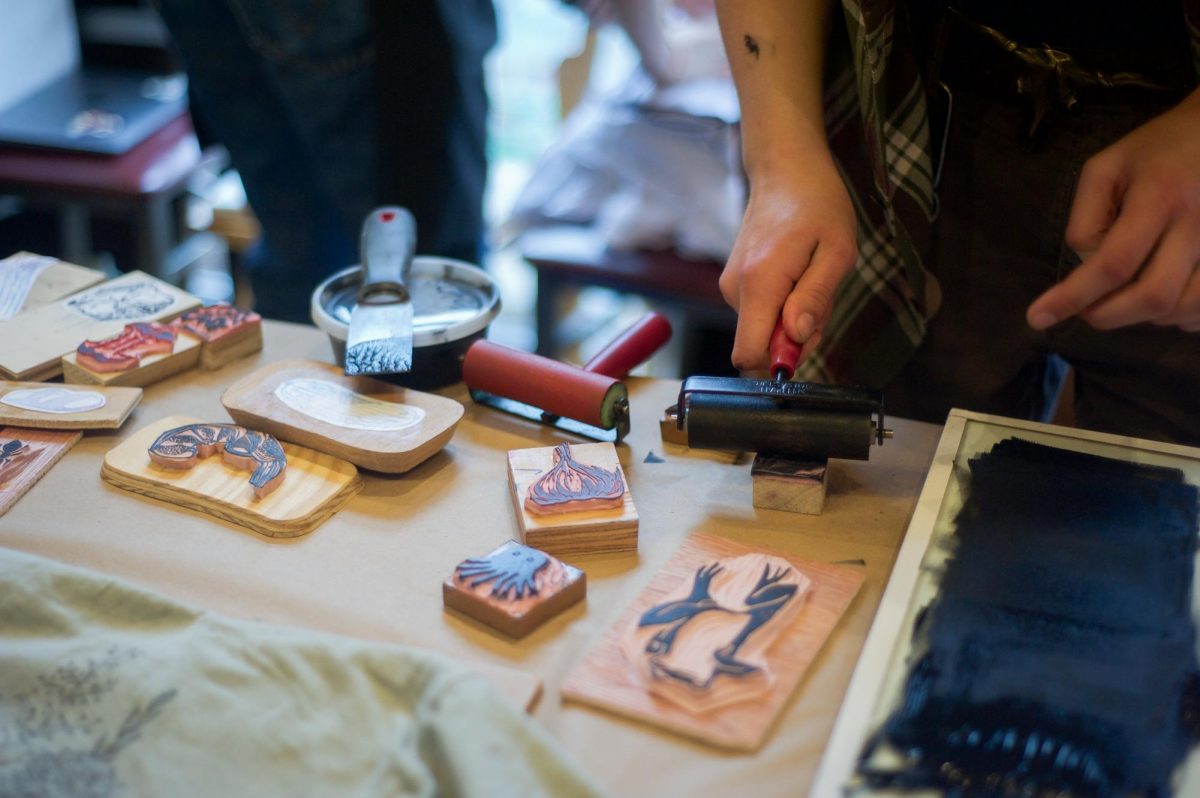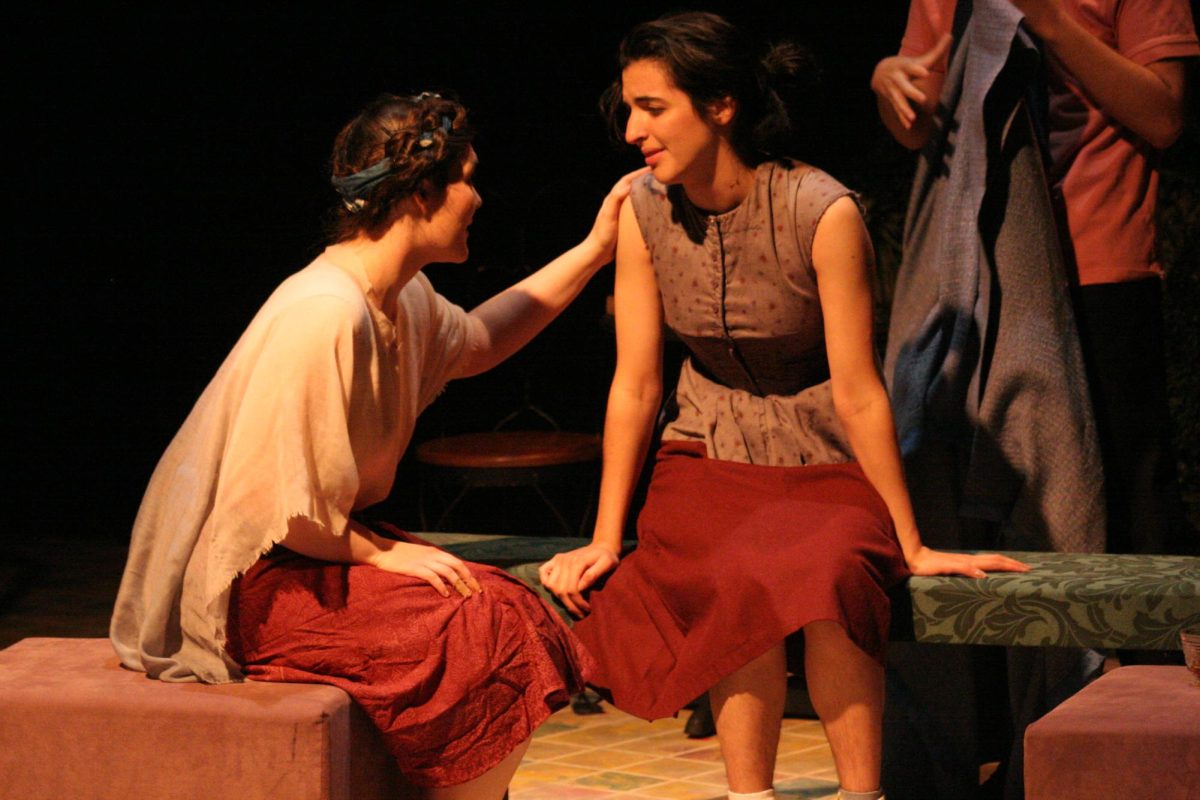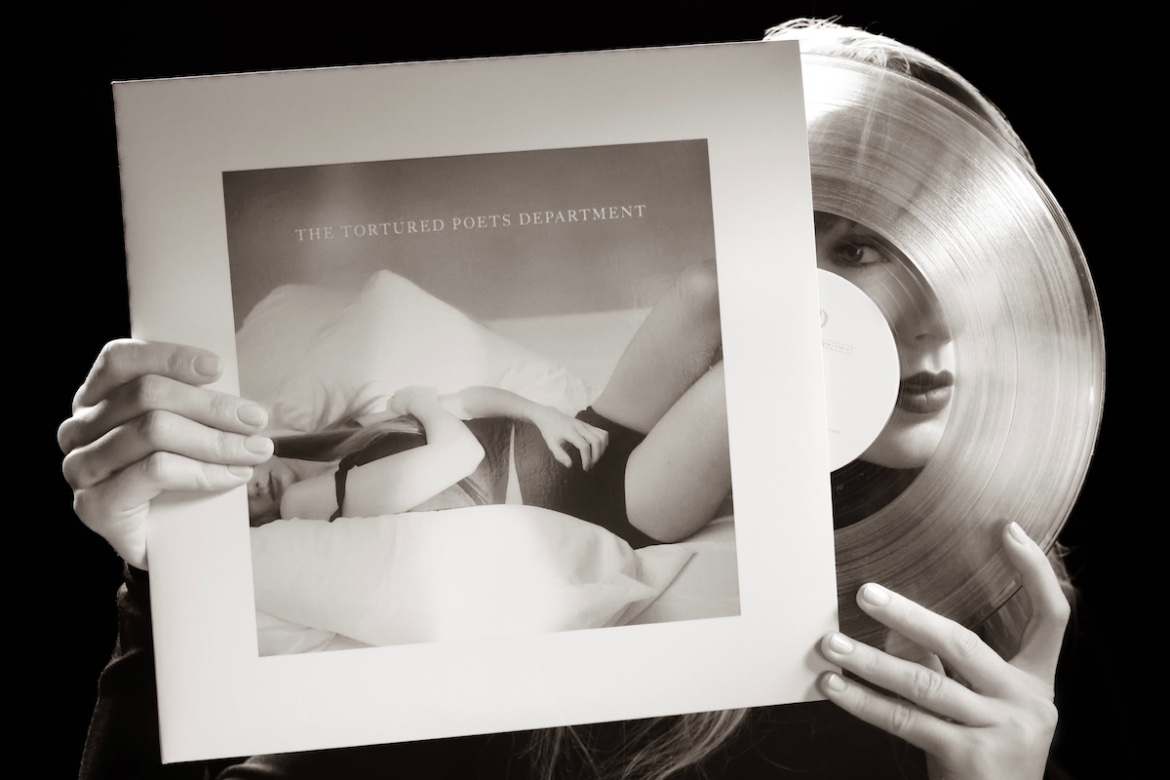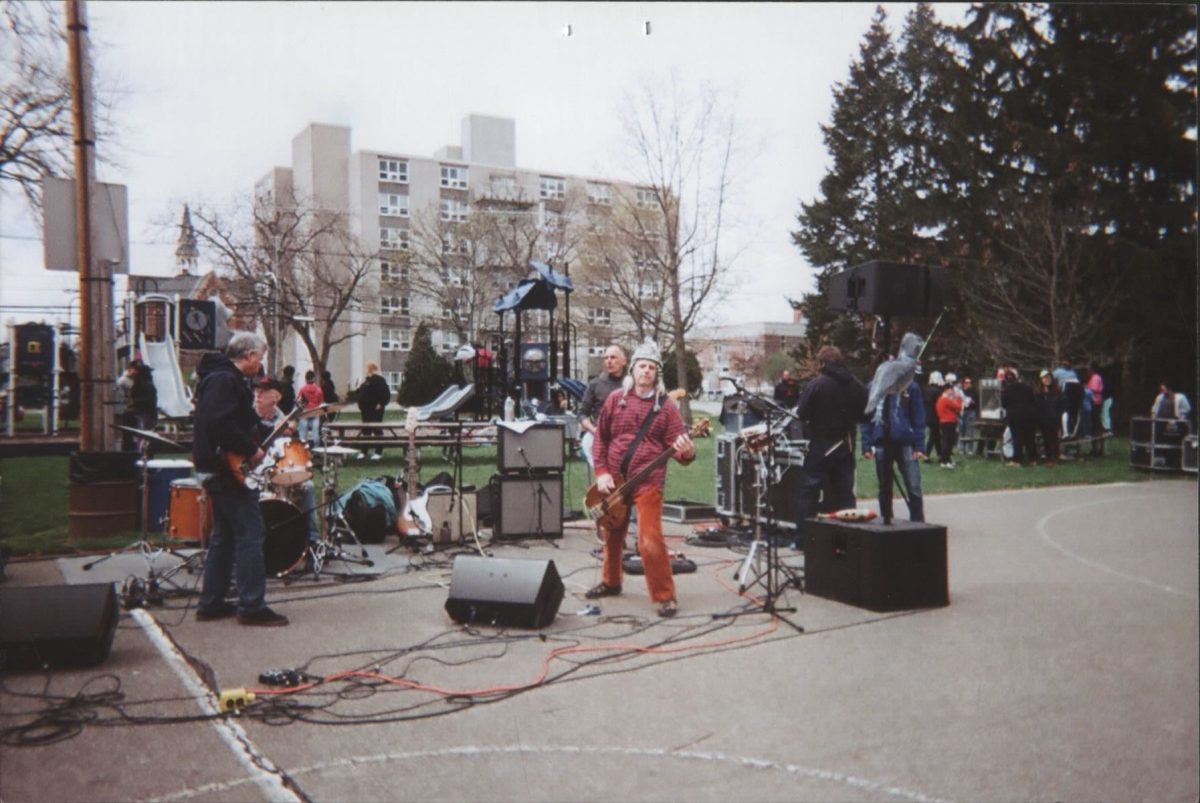Shansi Grant Recipient Maps Asia in Sound
April 5, 2013
“My one regret is that I didn’t get to record the toilet flushing,”
College sophomore Teresa Tippens shared during her April 3 talk titled “Sonic Photographs of Japan.” A Musical Studies major with a concentration in Sound Design and Technology, Tippens traveled to Kyoto, Japan this past Winter Term upon receiving one of the five In-Asia Study Grants that Oberlin Shansi awards each year. She received the grant to pursue her project of recording “sonic photographs,” compositions of recorded sounds that encapsulate the sonic atmosphere of an environment.
During her presentation, Tippens recounted the political and cultural implications of the sounds she encountered on her trip. She believes that Americans tend to focus primarily on the visual world, and that sonic experiences — from walking down a crowded street to watching a film — are not particularly central to our perception of the world around us. Tippens noted that it is only when something is “off ” with sounds that we notice them.
“[They] are like clothes that just fit well; you don’t even notice them, but when they don’t fit you can’t think of anything else,” she explained.
Her project aimed to highlight the beauty in the auditory spaces within Japan by recording the sounds of shops, shrines, churches, temples and other sites of daily activity. As she explored Kyoto armed with her microphones and recording devices, she began to find that despite Japan’s overwhelming emphasis on technology and the many sounds it can elicit, the culture seemed to treasure the concept of silence.
Kyoto was by no means noiseless — in one of her sonic photographs of a train stop, Tippens recorded three different loud-speaker announcements and two random spectators heralding the arrival of the same train, as well as multiple chirps from automated birds. However, in the midst of all these sounds, both artificial and natural, spaces for silence had been very intentionally created.
“The Japanese place emphasis on quiet-centered moments, and they are incorporated into metropolises [like Kyoto],” she said.
The respect and appreciation of silence in Kyoto Tippens found to be manifested in a more astute awareness of sound in general: The Japanese people she met seemed to her more in tune with the sounds that surround them. The flushing comment quoted earlier was in reference to the option in Japanese bathrooms to have a recording of a flushing sound projected while they are urinating so that other people in the bathroom cannot hear them. Sound here is used to literally create one’s own space. This phenomenon, the ability to mold space out of sound, is what Teresa is interested in pursuing with her career in sound design.
From one student’s project last year studying street performance in India to one this summer in Indonesia exploring local murals, Shansi’s In-Asia Study grants allow seemingly lofty artistic endeavors to come to life. As Shansi’s campus coordinator Caroline Floyd said, “We seek a diverse group of students exploring a wide range of topics. It is exciting to see really passionate people execute projects they wouldn’t have the chance to do otherwise.”





